Valentin Blank, March 2008
Lens comparison: Canon EF 50/1.2L vs 50/1.4
When two masters cross swords
Introduction
After several thousand shots the focal length of 50mm has become my favourite. Aiming for pure and simplistic compositions I highly appreciate the view through my 50mm glass which matches the human field of view. Early 2006 I purchased a Canon EF 50/1.41 and I have enjoyed it ever since. It's a robust and rather small lens, providing excellent image quality. I have used it from the beginning in combination with Canon's lens hood ES-71II. Even with the hood mounted the lens looks quite unostentatious and discreet, which can prove a great advantage. In August 2006 Canon announced its new flagship lens, the Canon EF 50/1.2L2. Sporting the widest aperture of any lens in Canon's new EF range, it offers extremely fine control over depth of field and consummate low light performance. Thanks to its circular aperture the lens is also known for producing beautifully even out-of-focus blur (bokeh). Being a member of the reputed L-family the lens has seals and gaskets as well as a lens mount O-ring to prevent the ingress of dust and moisture. Furthermore an aspherical lens element is supposed to be ensuring high sharpness and contrast throughout the focus and aperture range. Finally Canon's Super Spectra lens element coatings are said to suppress flare and ghosting.
Many a photographer has probably raised the question whether the extra f-stop justifies the hefty difference between the prices. Of course, there are many other aspects in which the two lenses differ, the build quality being one of the more obvious. Just how much will the final result benefit from all this? Well, I purchased a 50/1.2L a couple of weeks ago and I wanted to find the answer to that question in a comparative test.
Test basics
It is evident that this test cannot be representative as it was performed with my personal two lens copies. Also, it is common knowledge that there are slight tolerances for every copy of a particular lens. Finally, my test procedures were by no means professional. You can find much more accurate reviews of both lenses on the web. Yet, I wasn't able so far to find a real comparative test with (downloadable) sample images for every f-stop. Hence my little contribution.
All the images shown are shot with a Canon 5D in RAW format and left unprocessed (besides a white balance adjustment for all images), colour mode “natural”, presharpening disabled both in camera and in the RAW engine, that is Lightroom. To some the pictures and the 100% crops in particular may therefore appear (shockingly) blurred. It has to be said, though, that a soft but detailed shot can be preferable to an image which is razor-sharp from the beginning. For it is possible (and mostly advisable) to sharpen an image appropriately as one of the last steps in the processing workflow, while artifical blurring doesn't have the same quality than that from a soft lens. Many a photographer prefers therefore slightly soft raw images that contain more tones than already razor-sharp ones3. Sharpening can then be applied selectively where needed.
General impressions
The 50/1.2L is a fat lens both in terms of looks and weight. It is unfortunately rather eye-catching and the shiny red ring doesn't really help. In comparison the 50/1.4 seems almost mundane. It is also considerably smaller and lighter. However, while the 50/1.4 feels already quite rugged, the 50/1.2L is of an exceptional build quality. It feels incredibly solid and robust. The huge focus ring glides smoothly and precisely — a haptic delight. The auto focus of the 50/1.4 appears to be slightly faster than that of the 50/1.2L which in turn is a tad quieter. The lens hoods are cylindrical in both cases and look pretty similar besides the larger diameter for the 50/1.2L of course. There's one not so negligible difference though: as all L-lens hoods the inside of the one that comes with the 50/1.2L is covered with a velvety material and thus offers even better flare protection than a mere plastic surface.
Centre resolution
Both lenses have a remarkable centre resolution even at their widest apertures. However the 50/1.2L clearly outperforms the 50/1.4 by delivering more detailed images with neat contours. The differences are most striking at the wide apertures and noticeable up to ƒ/8. I have never seen a better result in the range between ƒ/1.8 and ƒ/4. The banderole with the name "Arma Mauler" is probably the most telling part in the test image crop. For both lenses the image quality doesn't seem to further improve after ƒ/8 due to diffraction4.
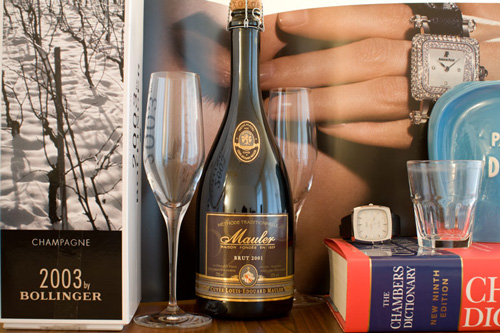
Test image
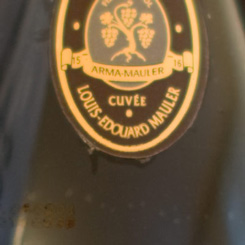

50/1.2L at ƒ/1.4 (full view)
50/1.4 at ƒ/1.4 (full view)
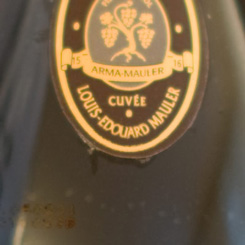

50/1.2L at ƒ/1.6 (full view)
50/1.4 at ƒ/1.6 (full view)
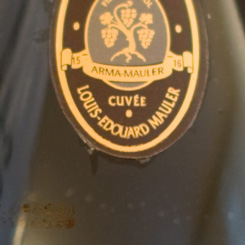

50/1.2L at ƒ/1.8 (full view)
50/1.4 at ƒ/1.8 (full view)
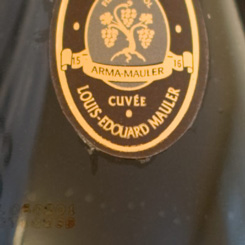

50/1.2L at ƒ/2.0 (full view)
50/1.4 at ƒ/2.0 (full view)
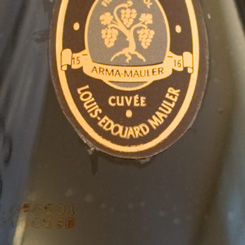

50/1.2L at ƒ/2.8 (full view)
50/1.4 at ƒ/2.8 (full view)
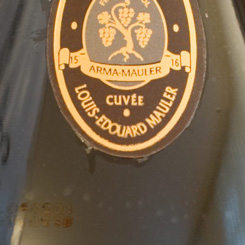

50/1.2L at ƒ/4.0 (full view)
50/1.4 at ƒ/4.0 (full view)
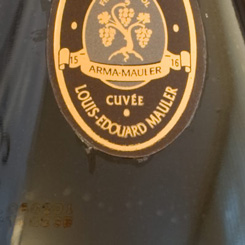

50/1.2L at ƒ/8.0 (full view)
50/1.4 at ƒ/8.0 (full view)
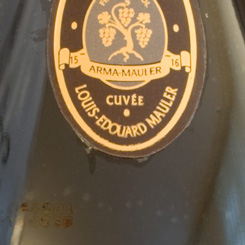

50/1.2L at ƒ/13.0 (full view)
50/1.4 at ƒ/13.0 (full view)
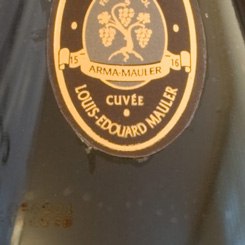

50/1.2L at ƒ/16.0 (full view)
50/1.4 at ƒ/16.0 (full view)
Border resolution
While the test image shot with the 50/1.2L is slightly softer, it appears to be equally detailed than the one taken with the 50/1.4. This doesn't seem to change throughout the whole range of apertures.


50/1.2L at ƒ/1.4 (full view)
50/1.4 at ƒ/1.4 (full view)


50/1.2L at ƒ/1.6 (full view)
50/1.4 at ƒ/1.6 (full view)


50/1.2L at ƒ/1.8 (full view)
50/1.4 at ƒ/1.8 (full view)


50/1.2L at ƒ/2.0 (full view)
50/1.4 at ƒ/2.0 (full view)


50/1.2L at ƒ/2.8 (full view)
50/1.4 at ƒ/2.8 (full view)
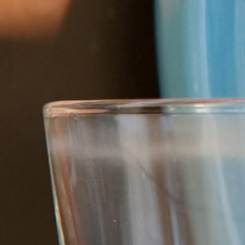

50/1.2L at ƒ/4.0 (full view)
50/1.4 at ƒ/4.0 (full view)
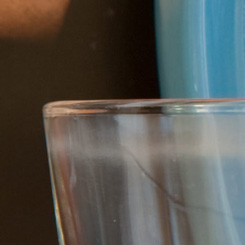

50/1.2L at ƒ/8.0 (full view)
50/1.4 at ƒ/8.0 (full view)
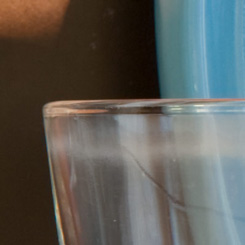

50/1.2L at ƒ/13.0 (full view)
50/1.4 at ƒ/13.0 (full view)
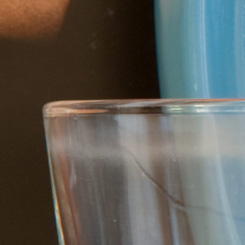

50/1.2L at ƒ/16.0 (full view)
50/1.4 at ƒ/16.0 (full view)
Distortion
Both images show a slight vertical tilt probably due to the camera being not a 100% perfectly parallel to the wall. Besides this little imperfection of the setup one can spot minor barrel distortions with both test shots. The distortions are moderately more noticeable in the image produced by the 50/1.4. This can be seen by comparing the upper-most and the right-most red and grey lines. Both pictures were shot at ƒ/2.8.

50/1.2L

50/1.4
Vignetting
Both lenses show considerable vignetting (at least when used with a full frame camera such as the 5D), which is not at all unusual for fast lenses. The vignetting occurs at the widest apertures and gets negligible from ƒ/2.8 onwards. The vignetting is more noticeable in case of the 50/1.4, being both darker and larger.
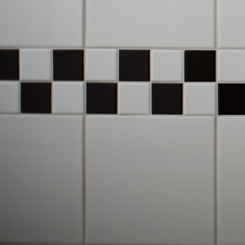

50/1.2L at ƒ/1.4
50/1.4 at ƒ/1.4
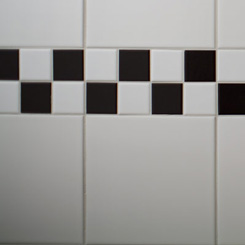

50/1.2L at ƒ/1.6
50/1.4 at ƒ/1.6
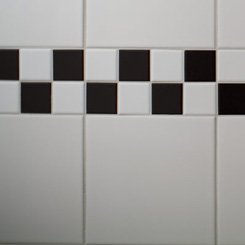

50/1.2L at ƒ/1.8
50/1.4 at ƒ/1.8
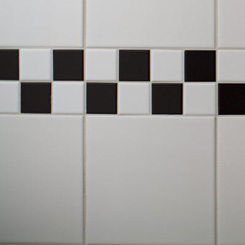

50/1.2L at ƒ/2.0
50/1.4 at ƒ/2.0
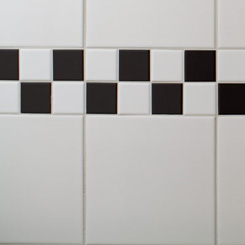

50/1.2L at ƒ/2.8
50/1.4 at ƒ/2.8
Chromatic aberration
While the 50/1.2L has so far outperformed or (once) matched the 50/1.4 in the tests it clearly comes second in terms of chromatic aberration. Although it is known that wide-aperture lenses are generally more prone to chromatic aberration5 the extent of it came as a bit of a surprise to me. As you can take from the sample images (crops of the left border) the 50/1.2L shows not dramatic but consistent vertical cyan/purple fringes from the widest aperture onwards. In contrast the test images of the 50/1.4 show almost no fringing at all with the performance even slightly improving as the lens is stopped further down. Evidently in both cases the fringing could be forced by increasing the contrast. However, even on the basis of these sample shots it can be said that the CA performance of the 50/1.2L is somewhat disappointing, particularly for a prime lens. Fortunately, chromatic aberration can be eliminated (or at least drastically reduced) in the processing stage.
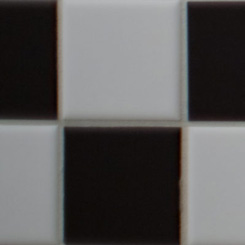

50/1.2L at ƒ/1.4
50/1.4 at ƒ/1.4
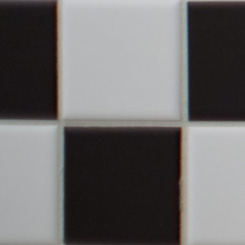

50/1.2L at ƒ/1.6
50/1.4 at ƒ/1.6
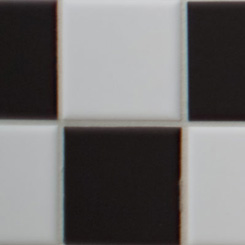

50/1.2L at ƒ/1.8
50/1.4 at ƒ/1.8
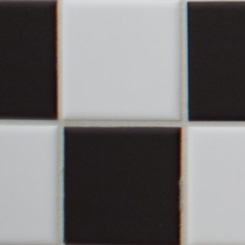

50/1.2L at ƒ/2.0
50/1.4 at ƒ/2.0
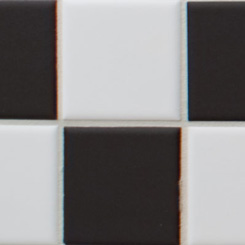

50/1.2L at ƒ/2.8
50/1.4 at ƒ/2.8
Out-of-focus blur (bokeh)
If there's one point in which everybody seems to agree about the excellence of the 50/1.2L it's the formidable out-of-focus blur. Based on my own little tests of the 50/1.2L I have every reason to concur. The bokeh structure is indeed of a remarkable silky and even quality. The circular blades make for perfectly round shapes where the 50/1.4 tends to produce more edged patterns. It has to be said though that already the 50/1.4 produces pleasant bokeh (much in contrast to the Canon EF 50/1.8 for example). In the sample crops below the blurred shapes in the 50/1.2L images appear larger and seem to flow into each other seamlessly. It's worthwile taking a look at the linked full size images as you will be able to spot quite a big difference in how the "Bollinger" font on the box in the lower left corner is blurred. Clearly, in terms of bokeh the praise for the 50/1.2L is justified.


50/1.2L at ƒ/1.4 (full view)
50/1.4 at ƒ/1.4 (full view)


50/1.2L at ƒ/1.6 (full view)
50/1.4 at ƒ/1.6 (full view)


50/1.2L at ƒ/1.8 (full view)
50/1.4 at ƒ/1.8 (full view)


50/1.2L at ƒ/2.0 (full view)
50/1.4 at ƒ/2.0 (full view)


50/1.2L at ƒ/2.8 (full view)
50/1.4 at ƒ/2.8 (full view)
Conclusion
Based on this comparative test I think one can say without hesitation 50/1.2L is an excellent lens. However, the Canon EF 50/1.4 is already a very good lens. In other words, this has been an encounter on a pretty high level.
Judged from the score per category, the 50/1.2L has won, for it has outperformed the 50/1.4 in centre resolution, vignetting, out-of-focus blur, while the score was even in terms of border resolution. Only when it comes to chromatic aberration the 50/1.2L ranks second. The higher score alone doesn't make 50/1.2L a better lens for every photographer. It is rather a question of your personal needs that will help you decide whether it is justified to pay three times more.
As for me, the upgrade has been worthwile. I have come to like wide aperture photography and I deem the Canon EF 50/1.2L an exceptional and inspiring companion in this regard. It's great to get contrasty and sharp contours where I want them all the while having silky, buttery bokeh in the out-of-focus areas. Also, in my real world shooting the 50/1.2L has fully kept up with the above conclusions. Fortunately there are powerful tools to cope with the only downside there is, chromatic aberration.
As I stated in the beginning of this comparative test, the results of my two lens copies cannot be representative for the performance of these two lense models. Also, my test procedures weren't conducted under laboratory conditions. Even so I hope this little review was of help for your personal buying decision.
- For more information about the EF 50/1.4 check Canon's web site.
- For more information about the EF 50/1.2L check Canon's web site.
- For an in-depth discussion of sharpness see Ron Bigelow's extensive article.
- For an excellent discussion of diffraction see Sean McHugh's web tutorial.
- Read the in-depth discussion of chromatic aberration on Paul van Walree's web site.